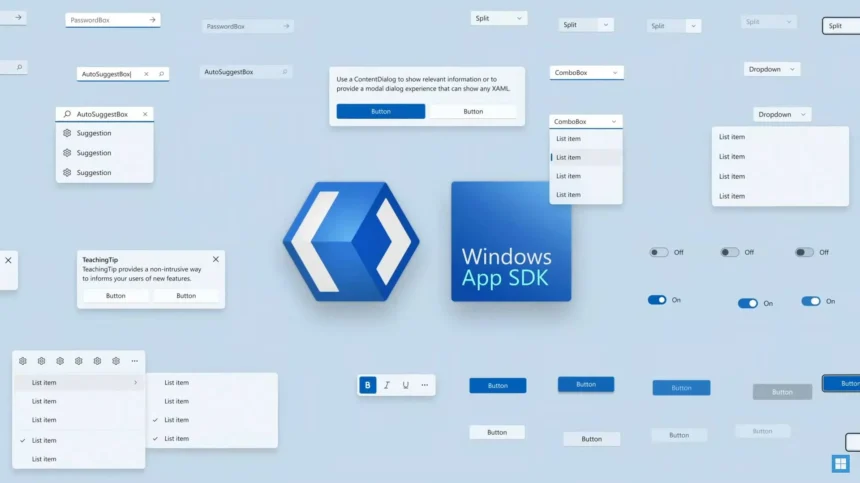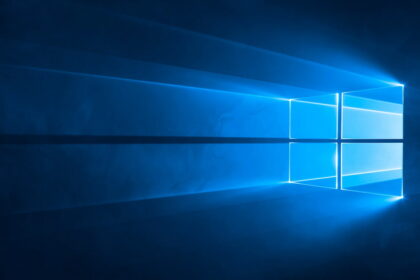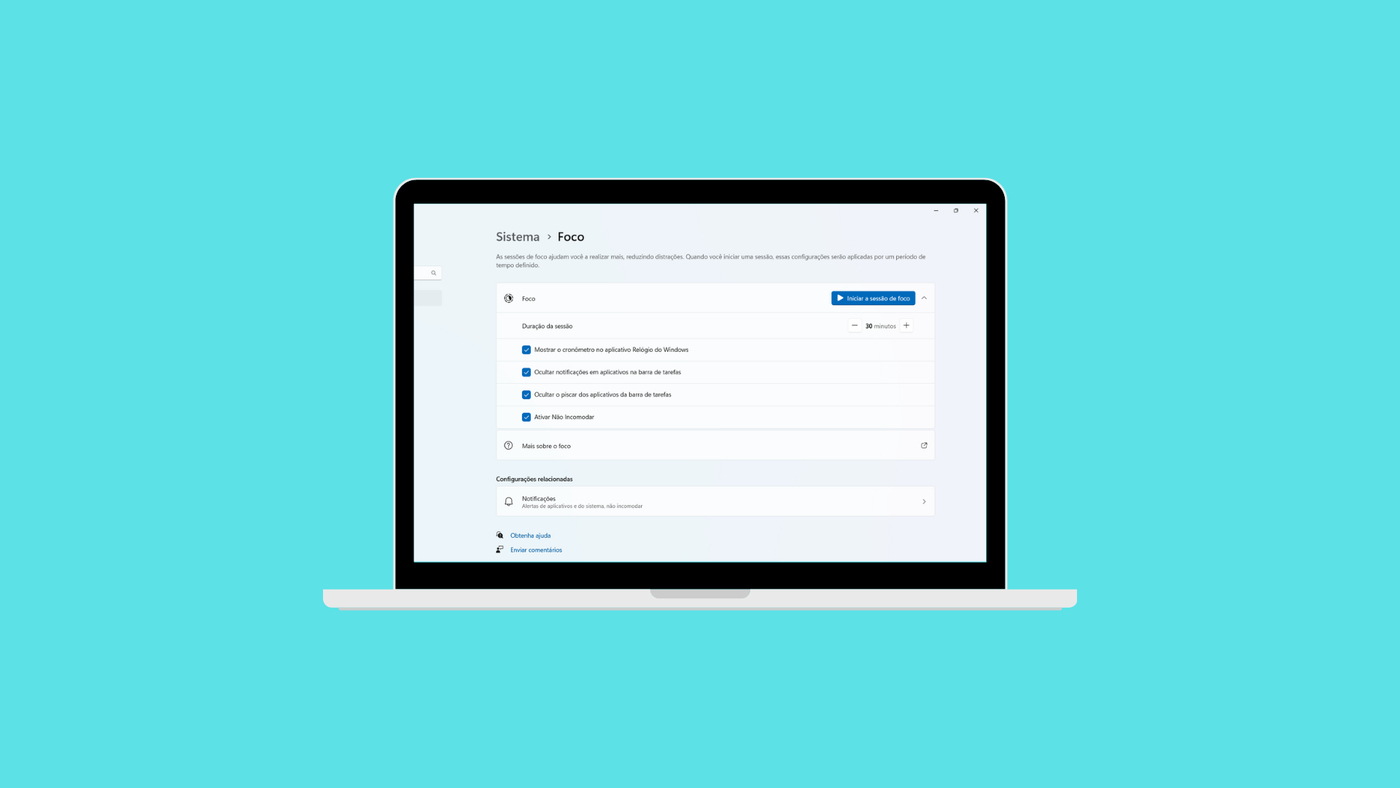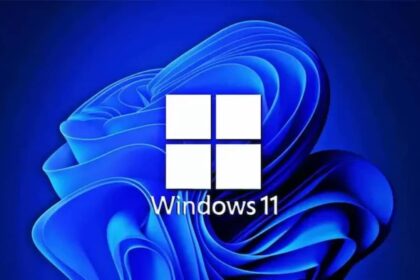On September 4, 2024, Microsoft released version 1.6 of its Windows App SDK, an update aimed at simplifying the development of native Windows applications for both C++ Win32 and C# .NET developers. This new release introduces various features to enhance application performance and streamline the developer experience.
With improvements focused on optimizing resource use, simplifying workflows, and providing better integration with modern Windows features, version 1.6 is geared toward making app development more efficient and accessible across various Windows platforms.
What’s new in Windows App SDK 1.6?
Version 1.6 of Microsoft’s Windows App SDK, released on September 4, 2024, brings several enhancements to improve performance and developer flexibility when building native Windows applications. One of the standout features is support for Native AOT (Ahead-Of-Time) compilation, which significantly reduces application startup times and package size.
Microsoft reported that in tests with the Contoso Camera app, Native AOT reduced startup time by 50% and shrank the package size by up to eight times, offering developers a substantial performance boost.
Another key update is decoupling WebView2, allowing developers to choose the latest WebView2 SDK version via NuGet. This provides greater flexibility for managing dependencies and accessing the newest features in web content rendering within apps.
On the user experience front, the TabView control has been revamped with a “drag” functionality for tabs, similar to popular web browsers like Microsoft Edge and Chrome. Users can now drag tabs to create new windows, offering a more fluid and intuitive interaction.
For developers using MSIX for app packaging, version 1.6 introduces enhanced package management APIs, enabling easier detection of local updates and more efficient package removal. The PipsPager and RatingControl have also received updates for better customization and smoother behavior.
Despite these significant improvements, there is still some frustration within the developer community, as the Windows App SDK lacks full parity with UWP (Universal Windows Platform). Nonetheless, the continued updates show Microsoft’s commitment to refining the SDK and making it a powerful tool for building fast, robust, and versatile Windows applications.










